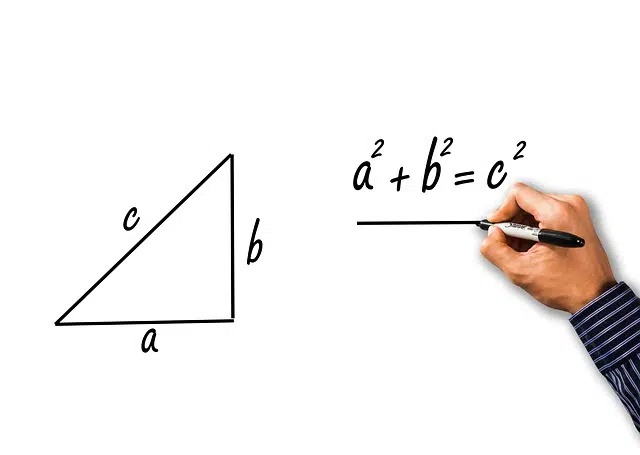
A theorem is a proposition that can be proven logically from other theorems already proven or from an axiom.
Derived from the Latin theorema , the word theorem consists of a proposition that can be proven logically from an axiom or other theorems that were proven in advance. This proof process is carried out by certain rules of inference .
The theorem can therefore be described as a statement of importance. There are others of lower rank, such as the lemma (which belongs to a longer theorem), the corollary (which immediately follows the theorem) or the proposition (a result that is not associated with any specific theorem).
It should be noted that, until the statement is proven, it is defined as a hypothesis or conjecture . In fact, it often takes many years, and even decades or more, to come up with convincing proof. In some cases, when it comes to theorems that describe situations that are impossible to solve without the help of computing, given their complexity or that cover a large number of combinations, the answers are usually highly questioned, since a computer must be trusted.
Known theorems
One of the best-known theorems is the so-called Thales Theorem , which states that, by marking a line in a triangle that is parallel to one of its sides, a pair of similar triangles is created (that is, two figures with identical angles and proportional sides).
Another very popular theorem is that of Pythagoras , which indicates that the square of the hypotenuse (that is, the longest side that is opposite to the right angle), in a right triangle, is identical to the sum of the squares of the legs (that is, the pair of shorter sides of the right triangle). Its applications are countless, both in the field of mathematics and in everyday life.
In fact, it is one of the easiest theorems to use and can solve many problems without the need for technical or advanced knowledge. Taking measurements on straight surfaces, such as floors or walls, is much simpler than extending a meter from one point to another by drawing an oblique line in the air, especially if the distance is such that it requires several steps.

The Pythagorean theorem is one of the best known.
Examples of use
Suppose we need to know the distance between the roof of a shed and a point on a wall opposite it, to place an awning. One option is to extend the meter from one end to the other, which would not be very comfortable; The other is to measure the two legs (the stretch between both walls and the difference in height between the ceiling and the point on the other wall) and apply the Pythagorean theorem to obtain the exact number in a matter of seconds.
Far from popular territory, the four-color theorem states that any geographic map with bordering regions can be painted using just four different shades , such that no two areas share the same color. This discovery was made by a mathematics and botany student named Francis Guthrie in 1852, and its veracity was verified more than 100 years later, by two scientists : Kenneth Appel and Wolfgang Haken. Despite not being publicly known, this theorem has been studied countless times, and the fact that it requires a computer to analyze its precision has been a source of controversy.
«Theorem» Magazine
On the other hand, "Teorema" is the name of a Spanish magazine specialized in philosophy that was founded by Professor Manuel Garrido in 1971 .
The publication was published continuously until 1986 , and then was published again starting in 1996 . Currently, "Teorema" has a quarterly circulation and, each year, presents a supplement titled "Limbo" .
